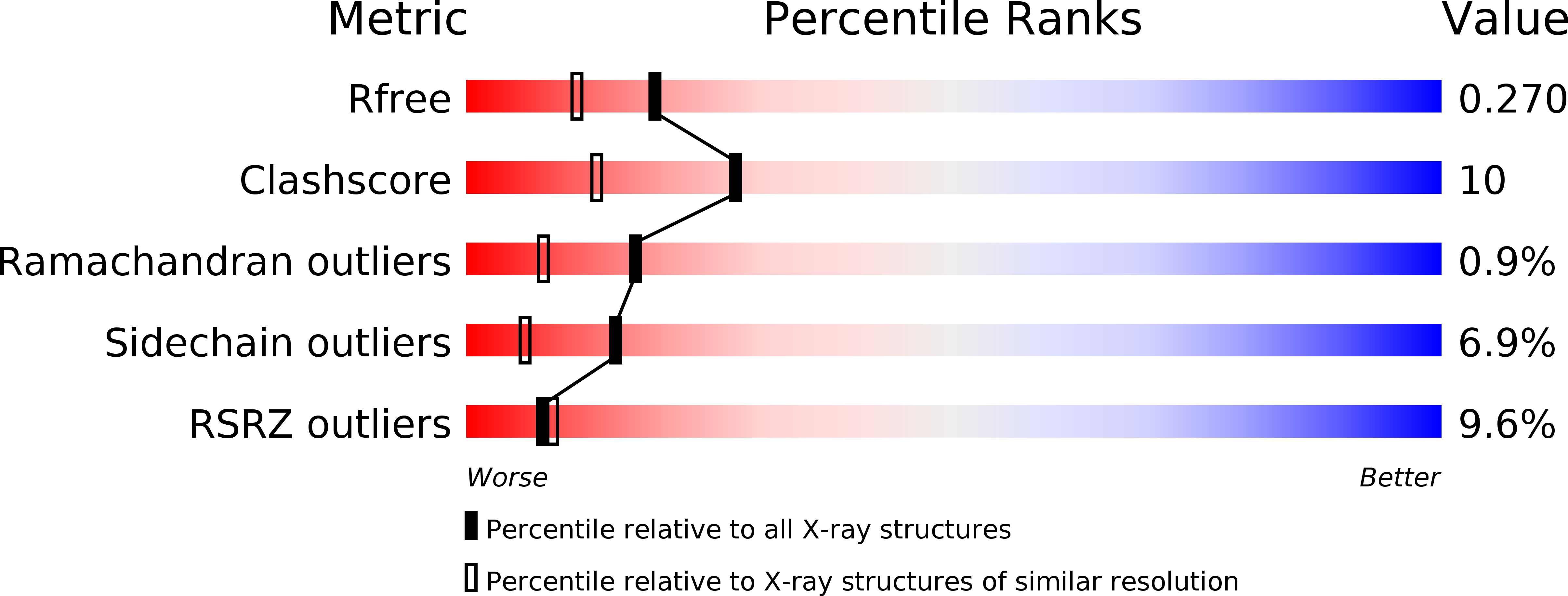
Deposition Date
2015-11-10
Release Date
2016-02-10
Last Version Date
2024-11-20
Entry Detail
PDB ID:
5EOC
Keywords:
Title:
Crystal structure of Fab C2 in complex with a Cyclic variant of Hepatitis C Virus E2 epitope I
Biological Source:
Source Organism:
Hepatitis C virus (Taxon ID: 11103)
Mus musculus (Taxon ID: 10090)
Mus musculus (Taxon ID: 10090)
Method Details:
Experimental Method:
Resolution:
1.98 Å
R-Value Free:
0.26
R-Value Work:
0.23
Space Group:
P 1


